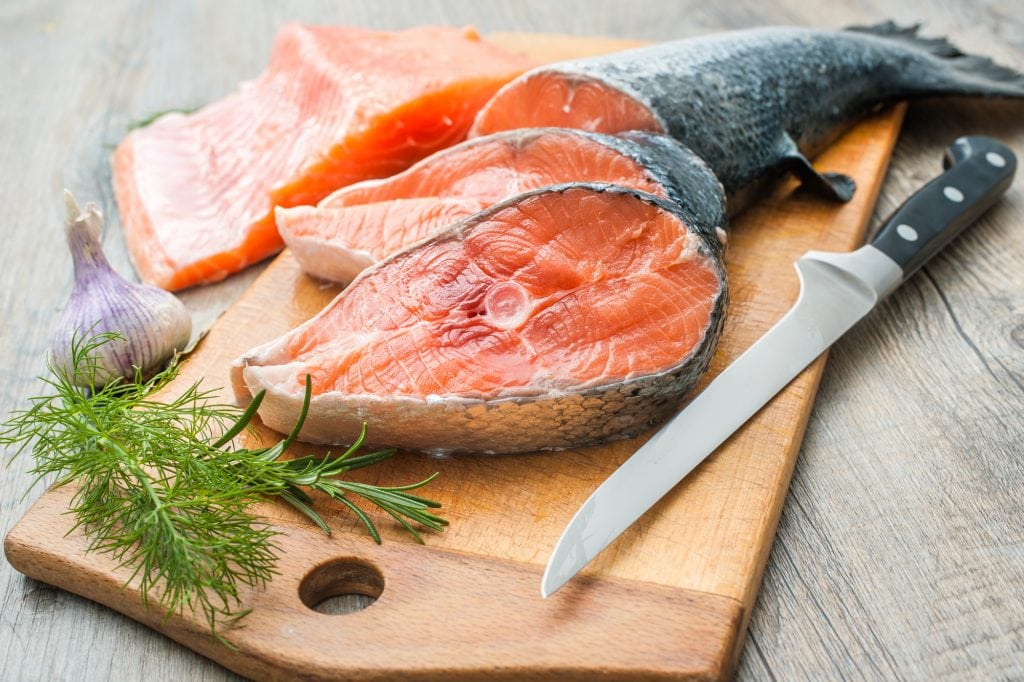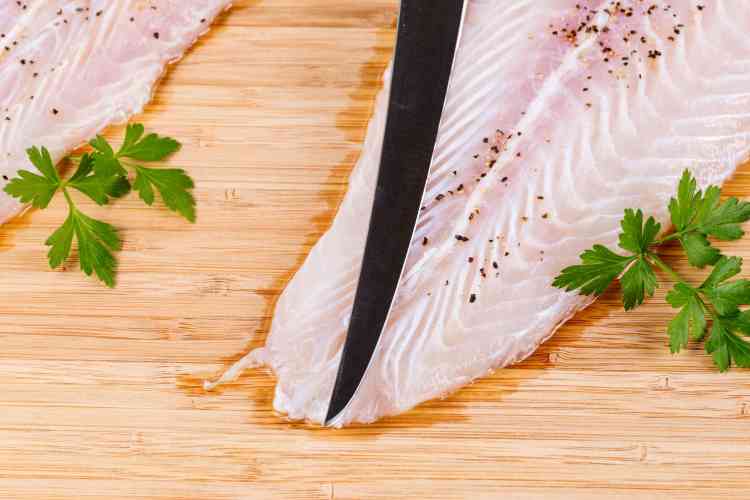In the world of culinary arts, maintaining the tools of the trade is as crucial as the ingredients themselves. Among these tools, the boning knife is indispensable for many chefs and home cooks alike. However, a common question arises: what is the difference between honing and sharpening a boning knife? Understanding these two processes is essential for maintaining the knifes efficiency and longevity.

Understanding Boning Knives
A boning knife is specifically designed for removing bones from meat, poultry, and fish. It features a narrow blade that provides precision and control, making it easier to navigate around bones and joints. This unique design requires regular maintenance to ensure optimal performance.
What is Honing?
Honing is a process that realigns the edge of a blade, ensuring that it remains straight and true. Over time, the edge of a knife can bend or become misaligned due to regular use. Honing does not remove any material from the blade but simply realigns the edge, making it appear sharper.
How to Hone a Boning Knife
To hone a boning knife, you will need a honing rod. Hold the rod vertically with the tip on a stable surface. Hold the knife at a 15 to 20-degree angle against the rod and gently swipe the blade down the rod, alternating sides. This process should be done regularly, ideally before each use.
What is Sharpening?
Sharpening involves grinding the blades edge to create a new sharp edge. Unlike honing, sharpening removes a small amount of material from the blade. This process is necessary when a knife becomes dull and honing no longer restores its sharpness.
How to Sharpen a Boning Knife
Sharpening a boning knife can be done using a whetstone or an electric sharpener. For a whetstone, soak the stone in water, then place it on a stable surface. Hold the knife at a consistent angle and move it across the stone in a sweeping motion. Repeat on both sides until the desired sharpness is achieved.
When to Hone vs When to Sharpen
Honing should be done frequently, preferably before each use, to maintain the knifes edge. Sharpening, on the other hand, is required less often, typically every few months, depending on the frequency of use. Regular honing can prolong the time between sharpening sessions.
Benefits of Regular Maintenance
Proper maintenance of a boning knife ensures that it remains effective and safe to use. A well-maintained knife requires less effort to cut through meat, reducing the risk of accidents. Additionally, regular maintenance extends the life of the knife, saving money in the long run.
Common Mistakes to Avoid
One common mistake is using a honing rod instead of sharpening when the knife is too dull. This can lead to frustration and ineffective cutting. Another mistake is using the wrong angle when honing or sharpening, which can damage the blade.
Choosing the Right Tools
Having the right tools for honing and sharpening is crucial. A quality honing rod and a reliable sharpener can make a significant difference in the maintenance process. Investing in these tools is a wise decision for anyone serious about their culinary skills.
Conclusion
Understanding the difference between honing and sharpening is vital for anyone who frequently uses a boning knife. Regular maintenance not only enhances the performance of the knife but also ensures safety and longevity. By incorporating these practices into your routine, you can enjoy a more efficient and enjoyable cooking experience.

FAQ Section
How often should I hone my boning knife?
It is recommended to hone your boning knife before each use to maintain its sharpness.
Can I sharpen my boning knife at home?
Yes, you can sharpen your boning knife at home using a whetstone or an electric sharpener, following proper techniques.
What is the best angle for honing a boning knife?
The ideal angle for honing a boning knife is between 15 to 20 degrees.
For more information on Choosing a Boning Knife or Using a Boning Knife, check out these resources.
This article contains affiliate links. We may earn a commission at no extra cost to you.


